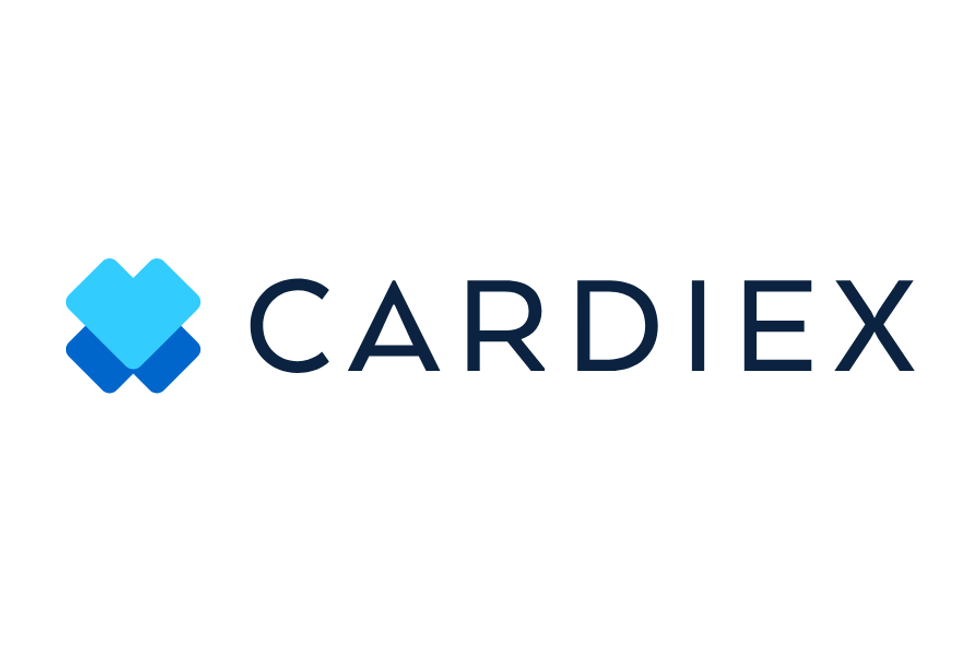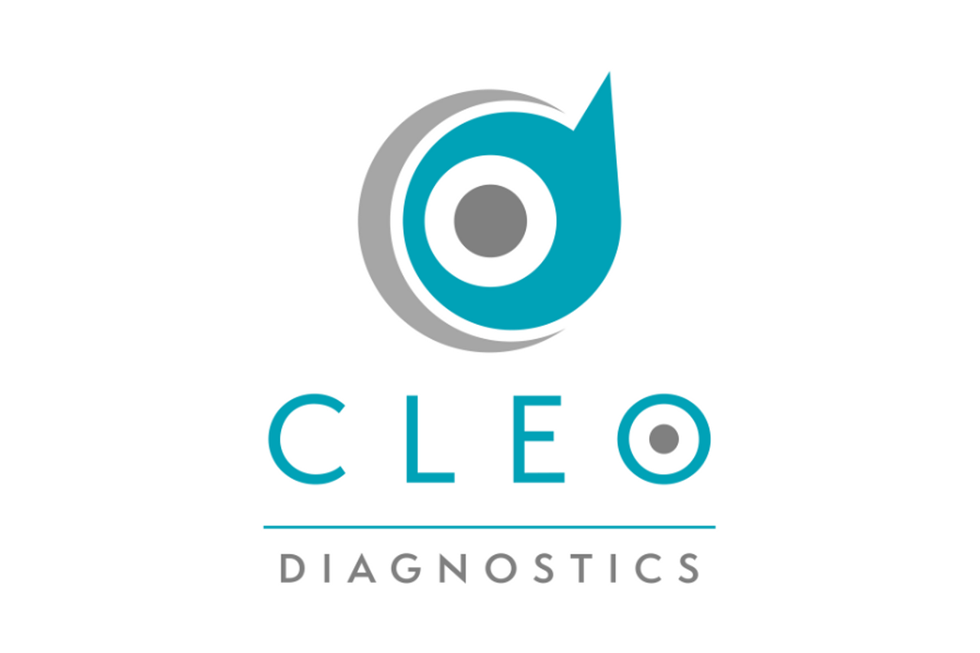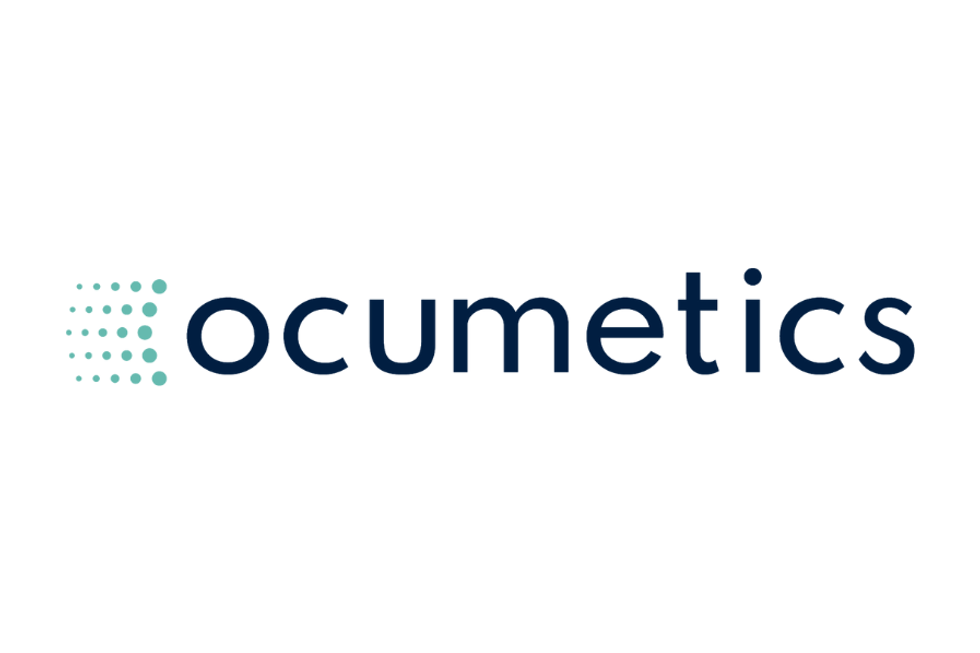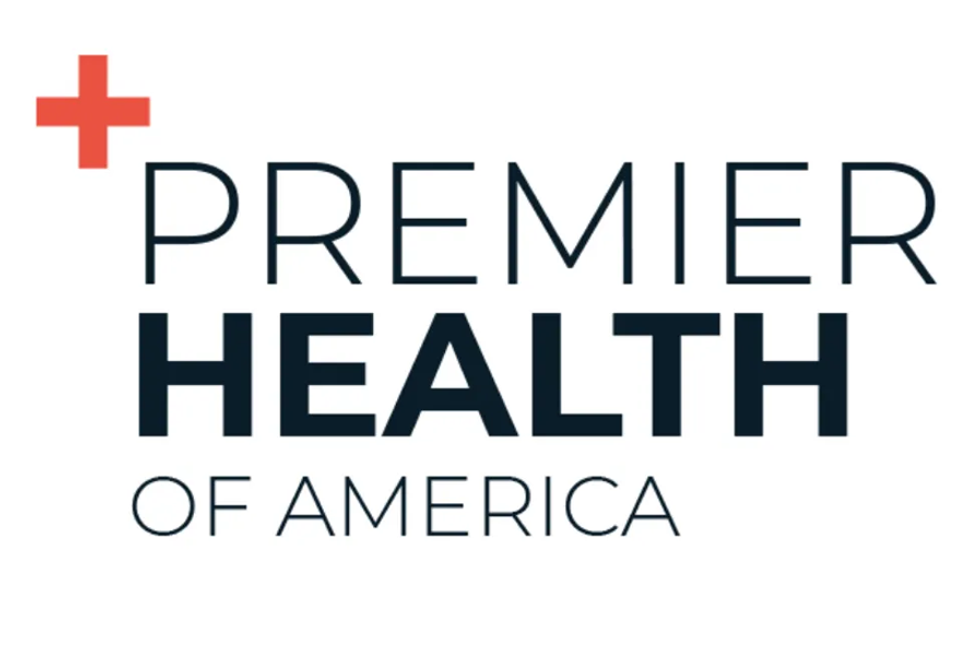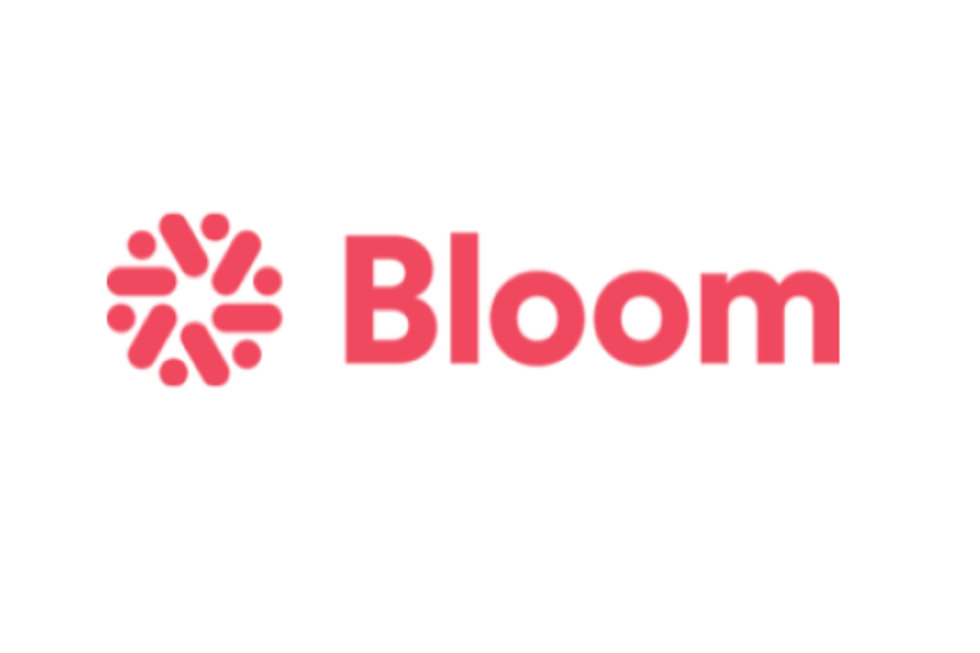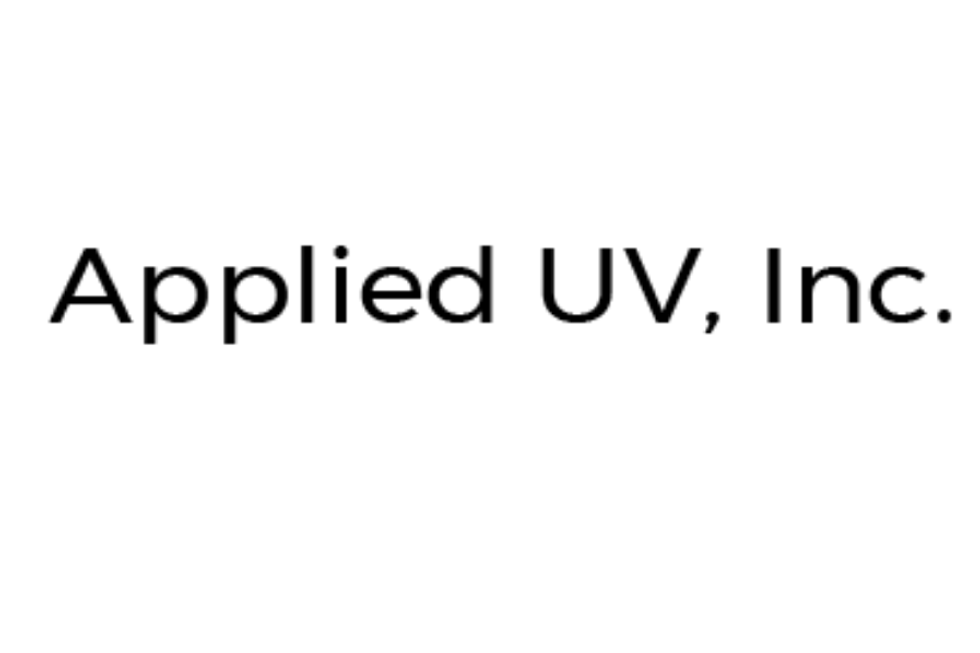BioSig Receives FDA 510(k) Clearance, Share Price Decreases

BioSig Technologies has had a successful first half of August, with its FDA clearance being just one of several steps forward.
The first half of August has been successful for BioSig Technologies (OTCQB:BSGM), which has announced its intentions to uplist to the NASDAQ, been added to LD Micro Index and completed a private placement.
On Tuesday (August 14), the company built on that momentum with a US Food and Drug Administration (FDA) 510(k) clearance announcement for its Pure EP System.
This non-invasive computerized system takes electrocardiographic and intracardiac signals for patients undergoing electrophysiology (EP) procedures in an EP laboratory and formats and manipulates them in a multitude of methods for healthcare practitioners to interpret.
It aims to minimize noise and artifacts and to acquire high-fidelity cardiac signals. Improving cardiac signals could increase the diagnostic value of these signals, which may improve the accuracy and efficiency of EP studies and related procedures.
“Our goal to provide tangible benefits to electrophysiologists and improve the current standards of EP procedures in the clinical setting,” Kenneth Londoner, CEO of BioSig, said in the press release.
A common reason for EP procedures is the diagnosis and treatment of atrial fibrillation, which is the most common arrhythmia. Atrial fibrillation affects 33.5 million people worldwide and about 6.1 million people in the US, and increases the risk of stroke by four to five times; it also contributes to 750,000 hospitalizations per year. Everyone over the age of 40 has a one-in-four lifetime risk of atrial fibrillation.
The Pure EP system shows a more clear, raw and unfiltered signal acquired from electrodes at the tip of a catheter placed on the heart. The design and product have proven to be more effective than the competitor, with proprietary hardware and software designed to effectively eliminate noise and other baseline wander that affect clear signals during EP studies and catheter ablation.
BioSig also filed an omnibus patent with a Washington, DC-based patent law firm, Sterne Kessler Goldstein & Fox, that protects the company’s technology.
To improve and prove the use of this product, BioSig performed 12 pre-clinical studies at the Mayo Clinic, three at UCLA and one at Mount Sinai Hospital. A 10-year collaboration agreement made with the Mayo Clinic in 2017 allows BioSig to advance the platform and expand its capabilities into other clinical areas.
The company’s manufacturing partner, Minnetronix, has produced initial systems allowing BioSig to enter the market in the US with selected sites.
Prior to Tuesday’s announcement, investors had shown excitement over the company’s other announcements in August, such as a US$4.2-million private placement that Laidlaw & Co participated in.
“This latest placement has brought us to our strongest financial position since the Company’s foundation in February 2009,” Londoner said. The company expects that with this news it has now met its final NASDAQ listing requirement of minimum shareholder equity.
BioSig’s management believes this listing will help broaden its shareholder base, increase appeal to institutional investors, provide shareholders with better liquidity and ultimately increase shareholder value as the company advances through the 510(k) process, Londoner said.
The listing is subject to approval based on the ability to meet NASDAQ requirements.
Investor takeaway
BioSig’s share price saw a decrease on Tuesday, the day of the FDA 510(k) announcement, falling 12.67 percent to US$2.62.
However, that is still fairly close to the company’s year-to-date high of US$3.04. Its lowest point in the last year was US$1.25 on September 15, 2017.
Investors interested in the company can expect to hear news soon about its NASDAQ listing, and commercialization information regarding this FDA 510(k) clearance.
Don’t forget to follow @INN_LifeScience for real-time updates!
Securities Disclosure: I, Gabrielle Lakusta, hold no direct investment interest in any company mentioned in this article.
